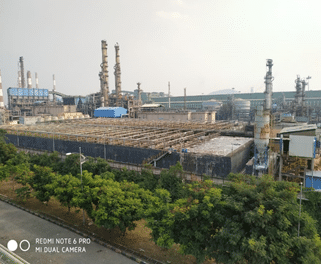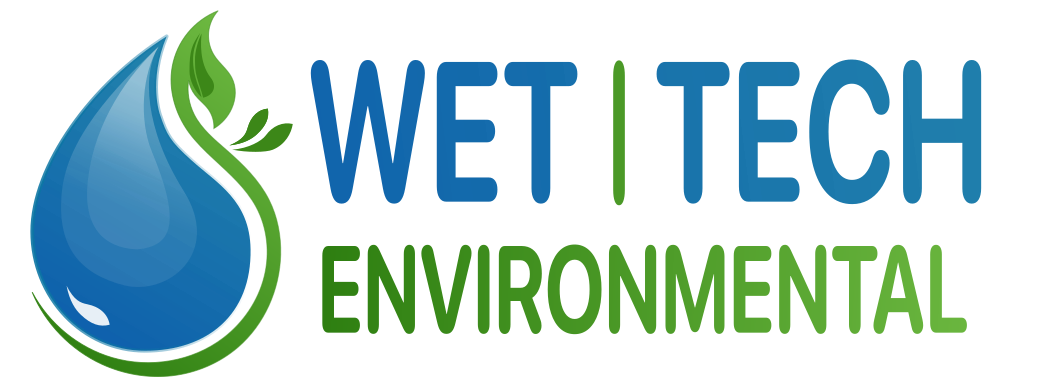THE PROJECT
A leading corporate group engaged in the production of steel has both a coke oven and coal gasifier for steel production along with a power plant at their flagship premises.
THE PROBLEM
The steel manufacturing facility uses a biological wastewater treatment plant comprised of chemical pre-treatment and effluent treatment activated sludge process with conventional clarifier for the treatment of their effluent. Various issues related to the plant facility and a poor commissioning process during the start up phase resulted in the plant not achieving the desired results for the biological process of treating Phenols, Ammonia, Cyanide and COD reduction.
The client’s objective was to achieve better performance achieving a discharge criteria of COD< 150 ppm, Ammonia < 5 ppm , Phenol < 1 ppm and Cyanide < 0.2 ppm for the Bio-ETP.
THE SOLUTION
After initial consultation with the clients, Levapor India Pvt Ltd were assig

ned the project to correct the effluent treatment plant steel industry performance of the ETP and achieve the desired results at the treatment capacity of 350 m3/hr flow rate.
Based on our preliminary analysis of the data furnished and numerous site visits, a detailed plan for the revival of the ETP was laid out with principal steps taken as below:
- Optimize the chemical pre-treatment performance for the removal of target pollutants such as cyanide, oil & grease
- Optimize nutrient dosing to maintain correct COD: N : P ratio
- Addition of soda ash for the alkalinity supplement for nitrification
- Addition of special bio-culture for Phenol , Cyanide degradation and nitrification
- Adjustment of Blowers, RAS pumps operation
- Continuous onsite training of the plant operators
- Rigorous monitoring of various operating parameters like DO, MLSS, SVI, PO4, Alkalinity dosing
THE RESULTS
Over the period of one and a half years, after rigorous control process, continuous improvement and adjustment of the plant operating window, the plant has developed full functional biomass nitrifying to ammonia < 1 ppm levels and also achieving COD < 150 ppm, phenol < 1 ppm under varying operating conditions of inlet wastewater qualitative and quantitative fluctuations.
The biomass that developed is so good that with minimal chemical treatment it is achieving desired levels of pollutant removal, rendering the client huge savings on the chemical cost for the primary treatment of the so called biodegradable pollutants.
THE BENEFITS
- Consistently achieving COD < 150 ppm, Ammonia < 1 ppm, Phenols < 1 ppm
- Reduced chemical cost and savings up to 50-70 lacs per month
- Better quality of treated effluent at the secondary clarifier outlet reducing post treatment cost
- Better performance of the tertiary treatment
